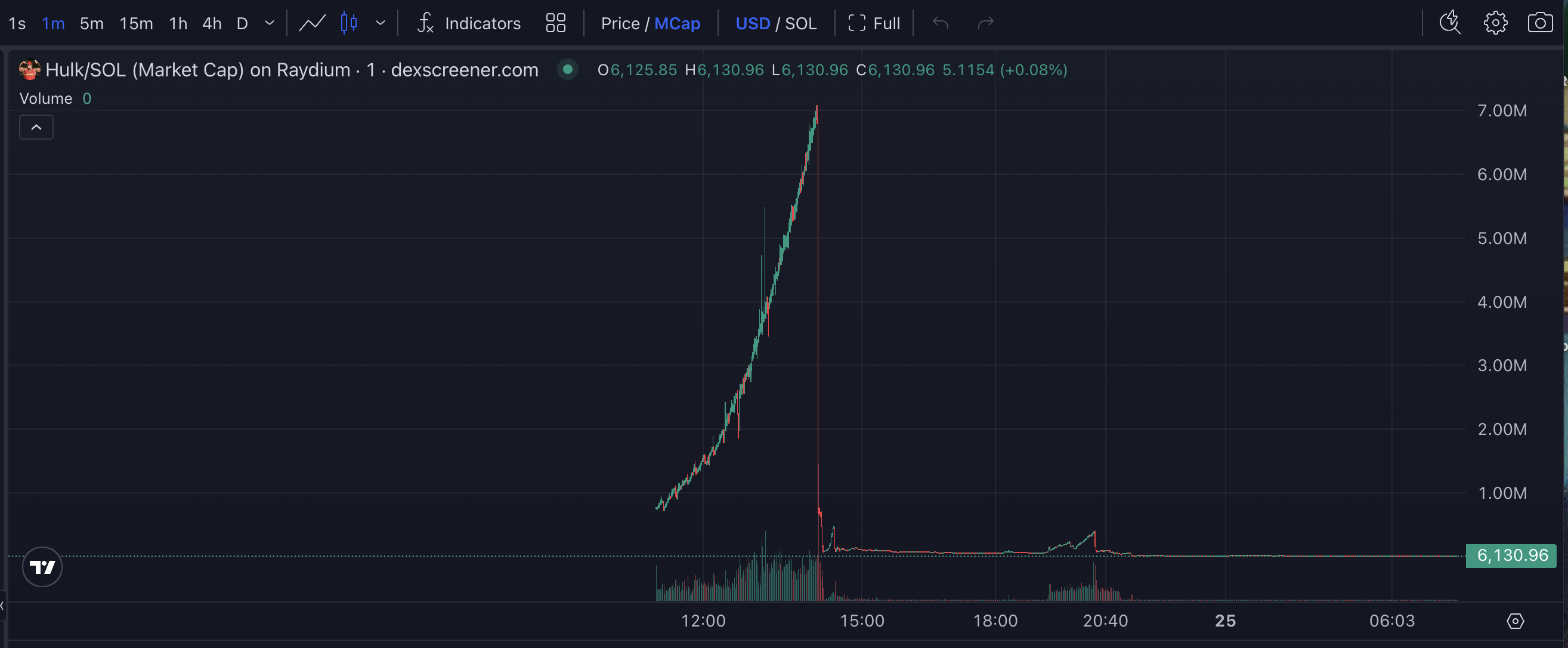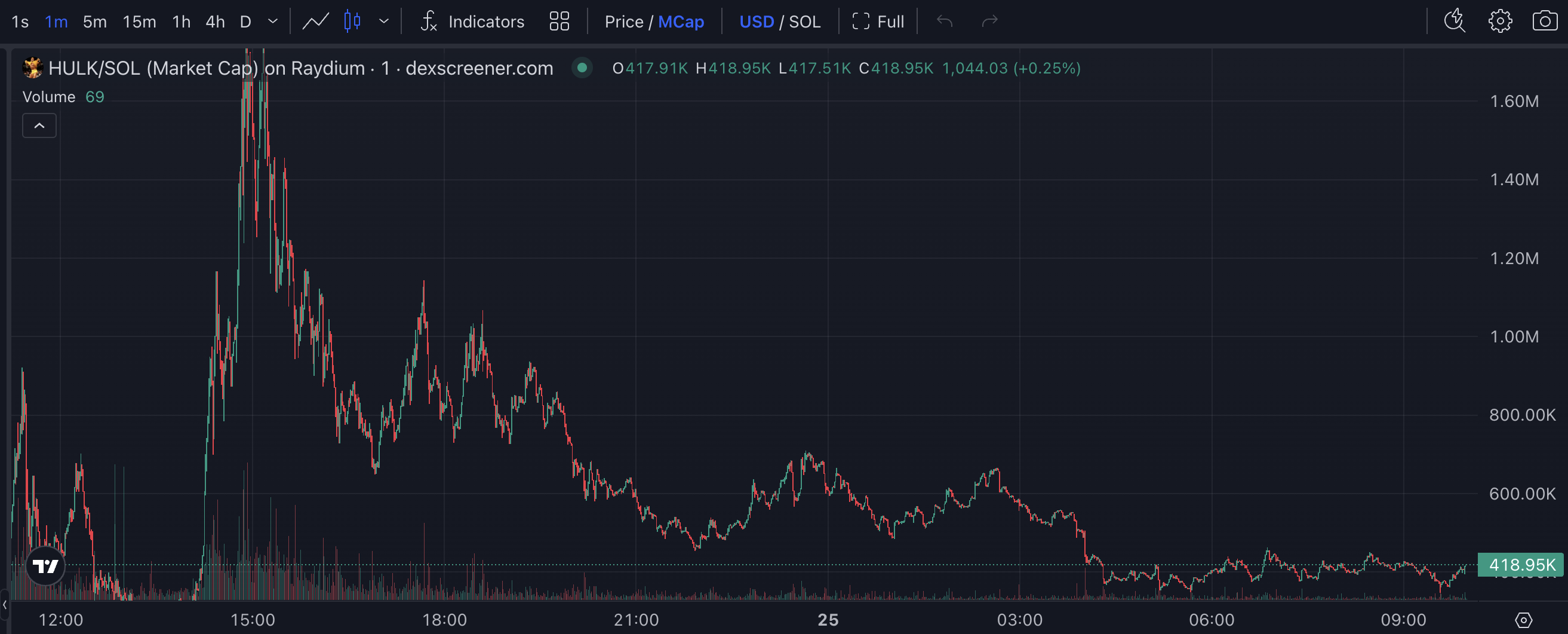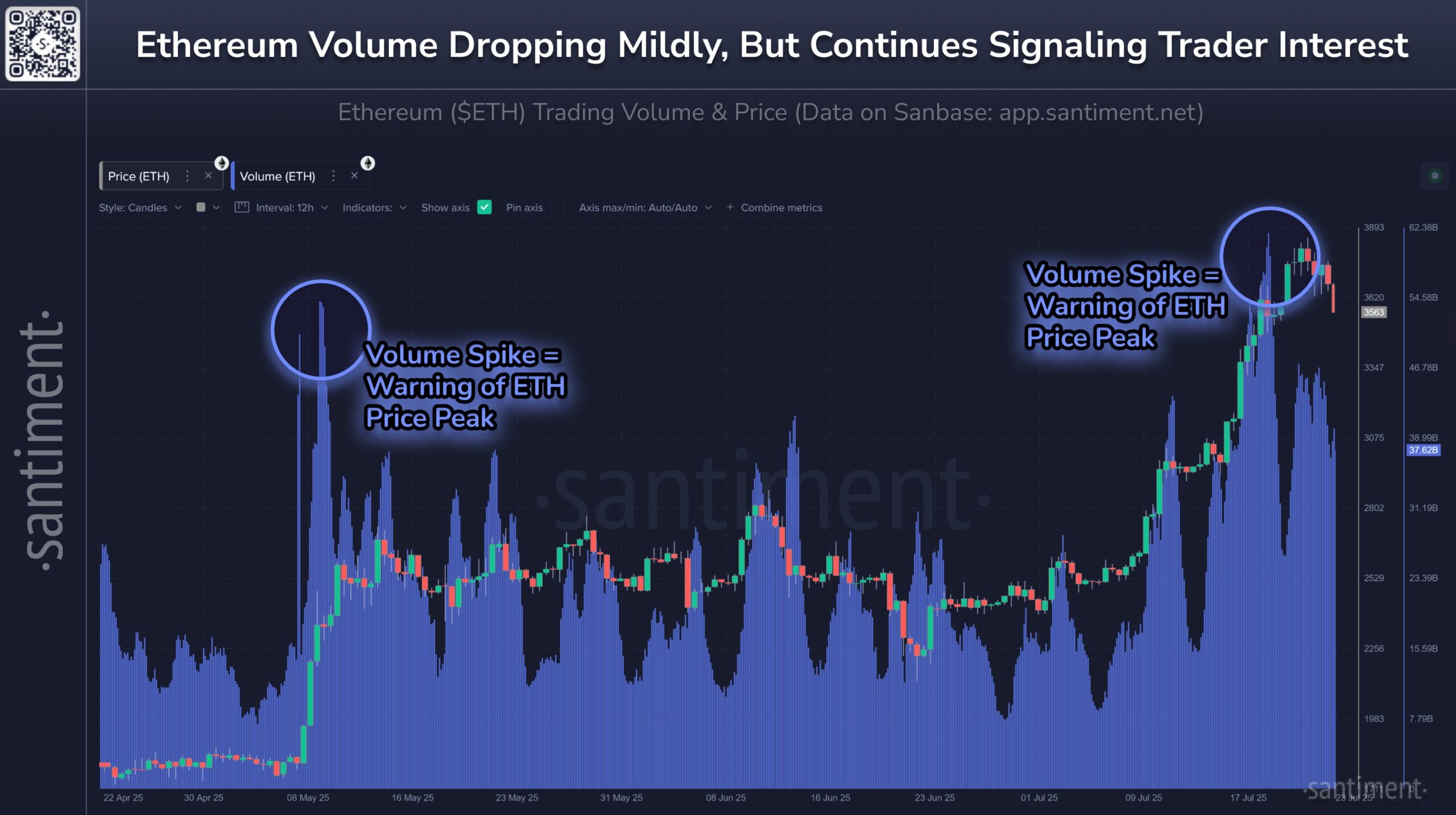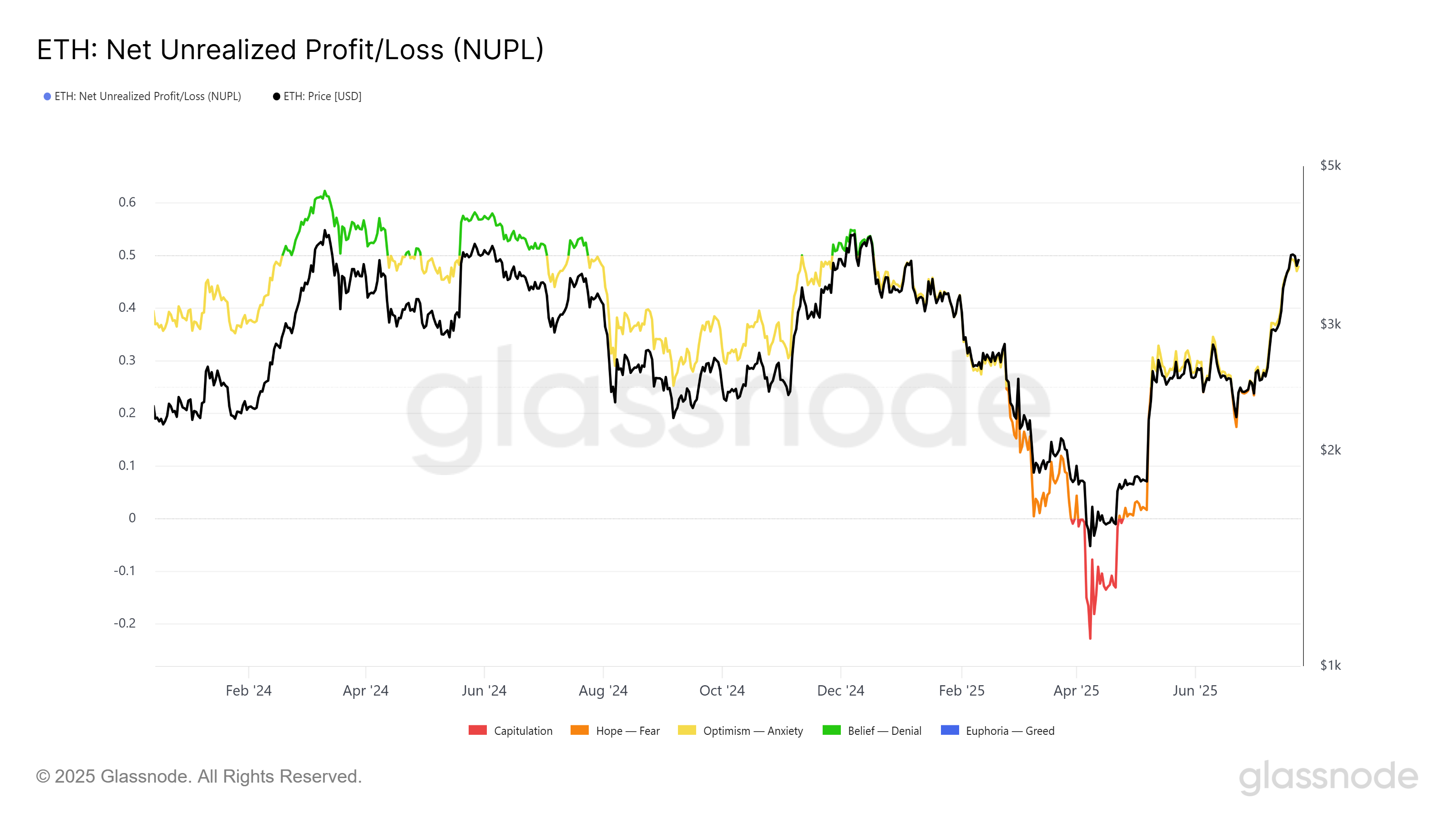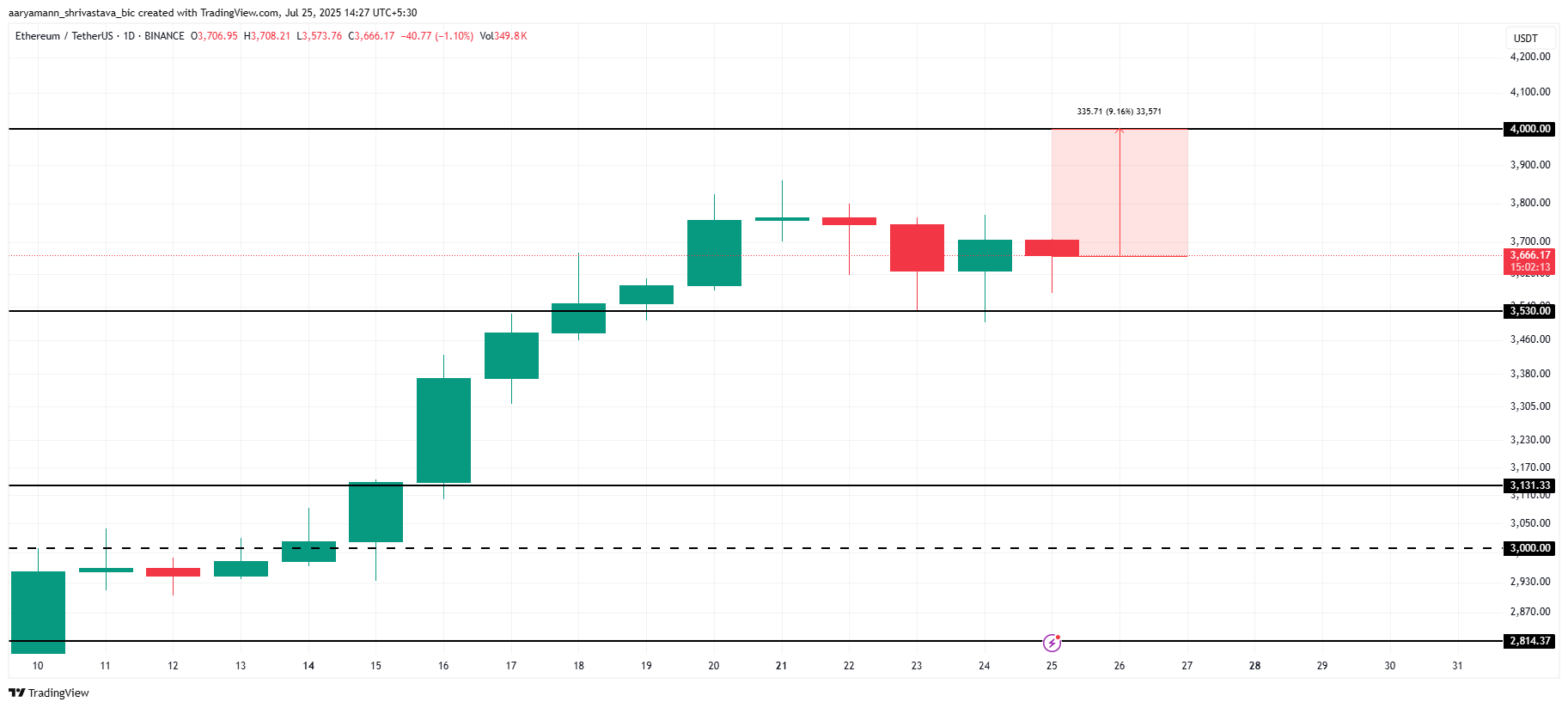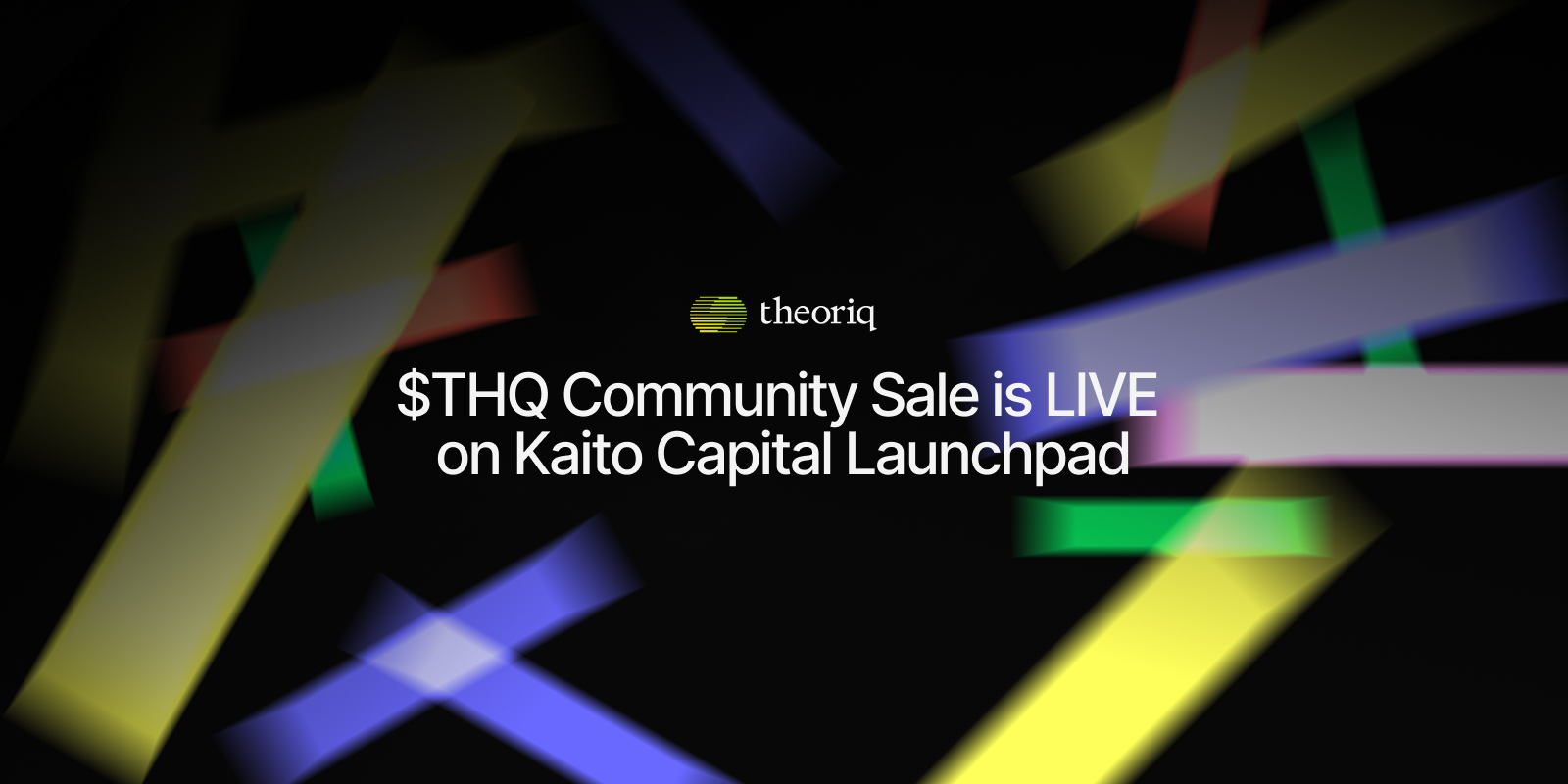Crypto adoption continues to rise as more users turn to the sector amid rising inflation, broader macroeconomic pressures, and a desire for greater control over their finances, not to mention the fear of missing out on its potential.
Amid this shift, where do traditional financial institutions like banks fit? BeInCrypto consulted several experts to explore what the future holds for these institutions in the changing space.
The Future of Banks and Crypto: Conflict or Collaboration?
Fabian Dori, Chief Investment Officer at digital asset bank Sygnum, told BeInCrypto that there is certain competition between banks and crypto. However, what is more significant is the convergence between the two sectors.
He explained that institutional interest in crypto has significantly increased. This is evidenced by an exponential increase in the number of firms adopting cryptocurrencies like Bitcoin (BTC) and Ethereum (ETH) as primary reserve assets, as reported by BeInCrypto.
Thus, Dori highlighted that banks are recognizing crypto’s investment hypothesis and operational benefits of the technology, such as real-time settlement and transparency. Meanwhile, crypto platforms are adopting compliance and risk management frameworks like TradFi.
Despite the market’s unpredictability, more institutions are now viewing digital assets not as a side project, but ‘something they’ll need to work with.’
“At Sygnum, the conversation is shifted, too. It’s ever less about whether crypto has a role, and ever more about how to bring it in without disrupting everything else. What used to be a separate world – tokenized assets, stablecoins, and decentralized technology – is now gradually emerging within traditional finance,” the executive commented.
Shawn Young, Chief Analyst of MEXC Research, also concurred. He added that with rising cryptocurrency adoption, banks are reassessing their role as intermediaries.
“In 2025, banks and crypto are moving steadily toward convergence rather than conflict. We’ve seen clear evidence that banks no longer view blockchain as the enemy, but rather as the next layer of financial infrastructure. The only way to stay relevant — and survive — is through collaboration,” Young remarked.
Nonetheless, Bitget CEO Gracy Chen stressed that we’re not heading toward a simple conflict or pure collaboration between banks and crypto. Instead, she sees it as a process of absorption and containment.
She noted that early crypto was inherently anti-bank, rooted in cypherpunk ideals, distrust of centralized power, and resistance to fiat monetary policy. Bitcoin, for instance, emerged after the 2008 banking crisis for a reason.
Chen further said that the ethos still persists, especially within DeFi, privacy coins, and Bitcoin maximalist communities.
“Most of the capital in crypto now flows through bank-linked on-ramps, custodians, and increasingly regulated stablecoins. Institutions don’t want an existential war with crypto. They want to tame it, package it, and extract fees from it—just like they did with ETFs and derivatives,” Chen told BeInCrypto.
Beyond Stablecoins: What’s Next for Banks?
It is worth noting that banks are very well aware of the competition they face from the crypto industry. That’s likely the reason major American banks are exploring potential stablecoin ventures, and not just in the US but also in countries like South Korea.
These efforts are increasing amid a significant shift in the regulatory environment. Between a pro-crypto President and pro-crypto bills, the space is set for potential growth, and banks are not willing to be left behind.
Dori also anticipates that banks will go much further than stablecoins. He outlined that they could expand their offerings to include tokenized securities, yield-generating staking products, custody solutions, and even launch their own Layer 2 (L2) networks tailored for compliance-sensitive applications.
“The value proposition is clear: programmable money and tokenized assets allow for faster settlement, real-time treasury management, and new revenue streams from sequencer fees or collateral services. In parallel, first banks are also beginning to explore crypto-native credit markets, using crypto assets as collateral for lending and embedding decentralized infrastructure in ways that maintain regulatory control,” he stated.
Chen noted that additional services could likely include institutional staking-as-a-service, crypto index funds, and synthetic assets. She emphasized that offering more crypto-native services is not just logical but strategically necessary for banks to retain relevance and future-proof their business models.
“The line between banks and crypto infrastructure providers will blur—especially as tokenized finance matures. The future of banking won’t be about offering crypto as a product but building crypto as a layer of the financial system,” the Bitget CEO disclosed to BeInCrypto.
Meanwhile, Anthony Georgiades, Founder and General Partner at Innovating Capital, told BeInCrypto that banks are clearly moving beyond basic exposure and beginning to build a comprehensive range of crypto-related services. According to him,
“Many banks now look to offer much more, from storing digital assets securely to enabling crypto payments and faster international transfers through blockchain. Some are adding investment options like crypto ETFs or research tools for high net-worth clients. A few are even testing things like crypto-backed lending or offering staking rewards. Others are looking into asset tokenization, turning things like real estate or securities into digital investments.”
Moreover, MEXC Research’s analyst pointed out that banks could evolve into hybrid financial institutions in the next phase. They could likely offer regulated crypto trading, real-time blockchain settlements, and custody of tokenized securities.
“The race is on for banks to build compliant, trust-based bridges between TradFi and crypto-native ecosystems,” Young declared.
Are Banks Ready to Compete in the Crypto Market?
Banks may have the will to survive in the changing market, but do they have the infrastructure? Well, not really.
“Banks won’t be able to rely on the same systems they’ve used for decades. Working with blockchains means handling wallets, smart contracts, and on-chain data in real time. That alone calls for a different set of tools, and often, different partners,” Sygnum’s CIO informed BeInCrypto.
Dori pointed out that compliance is another key challenge. Everything from KYC to the management of private keys needs to be rethought from a regulatory perspective. He noted that it’s not as simple as plugging crypto into an old product. It changes how value moves and how controls must be structured.
“But the biggest shift is mindset. This isn’t just a new asset class. It comes with new rules, new behaviours, and a different pace. The institutions that do well will be the ones that stay curious, ask the right questions, and build teams that understand both the risks and the potential,” Dori shared.
Nonetheless, he detailed that the biggest challenge for banks is institutional know-how readiness, not technology. Legacy systems, high compliance standards, and the need for decentralized, 24/7 financial rails pose hurdles. Trusted partners, regulatory clarity, and familiar infrastructure are key to overcoming these challenges.
Furthermore, Georgiades drew attention to the importance of regulatory compliance across different regions.
“They have to make sure they’re aligned with regulations in every market they operate — especially around anti-money laundering, customer identity, and digital asset rules. Then comes the tech: they’ll need secure systems that can handle crypto custody and fast, reliable transfers. It’s also important to bring in people who really understand crypto and to train current teams on how these services work. Being transparent with clients about the risks and opportunities is key,” he conveyed.
Adding to this, Chen brought up that banks will need a clear understanding of MiCA in the EU, VARA in the UAE, and SFC guidelines in Hong Kong. They must also be able to segment operations by region and regulatory scope. Compliance with the Travel Rule, KYC, AML, and anti-terrorism financing requirements for crypto transfers is also essential.
“Most importantly, they will need increasing investment into new infrastructure such as institutional-grade custody solutions, blockchain node access, and scalable APIs to support tokenization. The biggest challenge would be legacy infrastructure and tech debt. Most core banking systems were not designed to handle real-time settlement, on-chain transactions, or tokenized balances. Retrofitting them is expensive, slow, and risky,” she observed.
Chen also spoke about the concept of ‘strategic paralysis,’ which is a common challenge for traditional financial institutions when trying to adopt new innovations.
Without support from the top levels of the organization, innovation tends to stall, and projects stay in the “exploration” phase without adequate budgets, mandates, or urgency to move forward.
“The bank’s internal teams must gain deep domain expertise in blockchain, which means opening their door for crypto talents to support specialized crypto units. Finally, one of the biggest challenges for banks is to be strategic in partnerships with crypto exchanges, wallet providers, and compliance firms,” Young contributed.
Traditional Banks vs. Native Crypto Firms: A New Competitive Era
As more banks enter the space, it’s obvious that they will take up some share of the market. How much that will be remains unknown for now.
Nevertheless, one thing is certain: their presence will increase the competition. The experts also agreed that the shift will raise the bar.
“It’s going to shake things up a bit. Big banks bring scale, trust, and deep customer relationships, which means they will likely attract users who haven’t felt comfortable with crypto until now. However, while it may seem like bad news for crypto-native companies, many banks will need help with infrastructure, compliance, and technology, so these crypto firms are well positioned to offer the necessary solutions,” Innovating Capital’s founder, Georgiades, expressed to BeInCrypto.
Chen elaborated that banks bring scale, regulatory clarity, and access to capital markets in tokenized assets and stablecoins, which will compress margins for fintech issuers and RWA platforms.
However, she believes crypto-native firms still have the upper hand in permissionless DeFi, protocol development, and Web3 integrations.
“This is where differentiation must occur—through innovation, community governance, and building programmable financial tools banks can’t replicate,” she stated.
Dori also corroborated a similar sentiment. He explained that:
“There’s still a fundamental edge that crypto-native firms hold: speed, culture and the ability to ship user-focused products quickly. We’re likely to see a bifurcation. Some crypto firms will partner with banks or become regulated themselves, while others double down on open, permissionless innovation.”
The executive highlighted that this is ultimately beneficial. Crypto has always prospered through competition and constant improvement. As more institutions enter the space, the market will progress, but the innovators who remain focused on the user experience and technology will maintain their leadership.
The post Will Banks Compete or Collaborate with Crypto? Experts Weigh In appeared first on BeInCrypto.
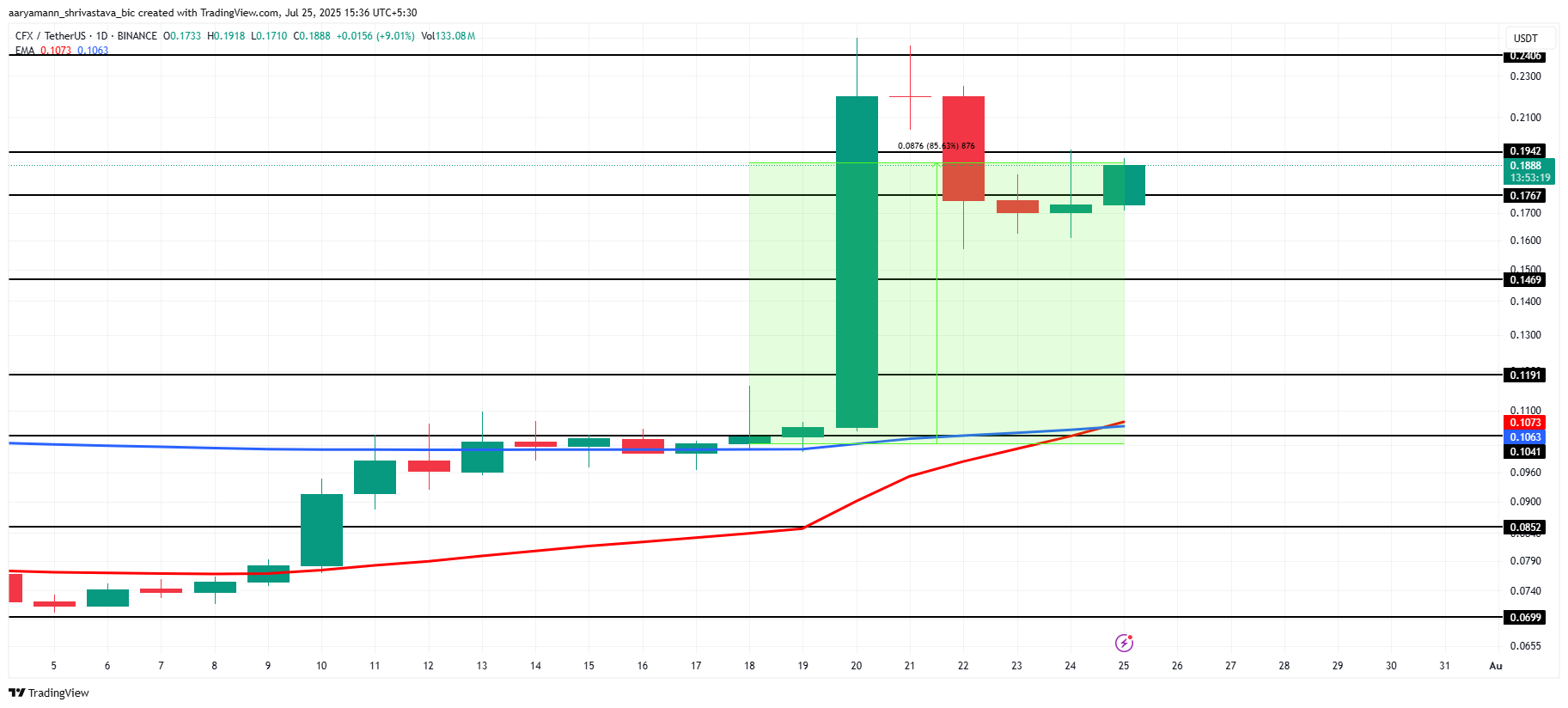
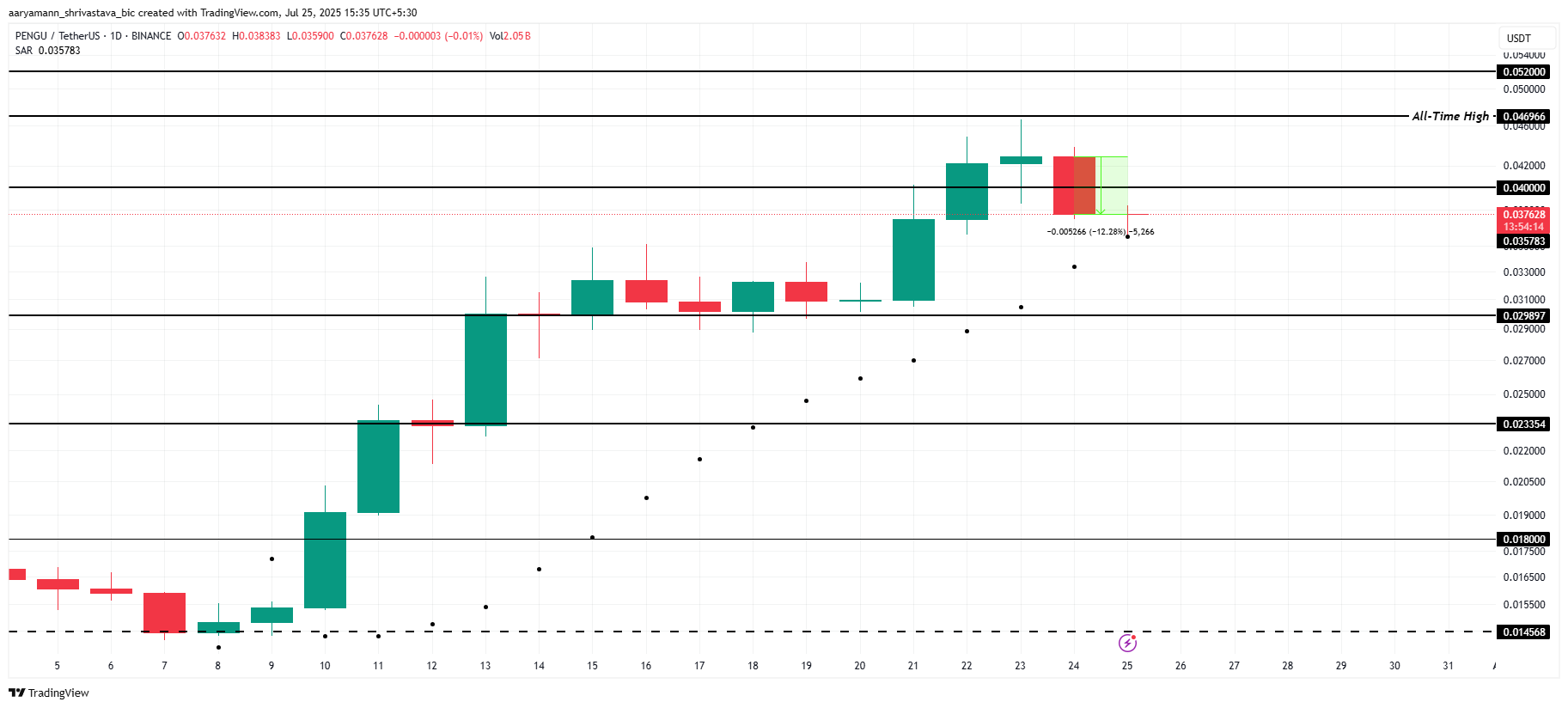
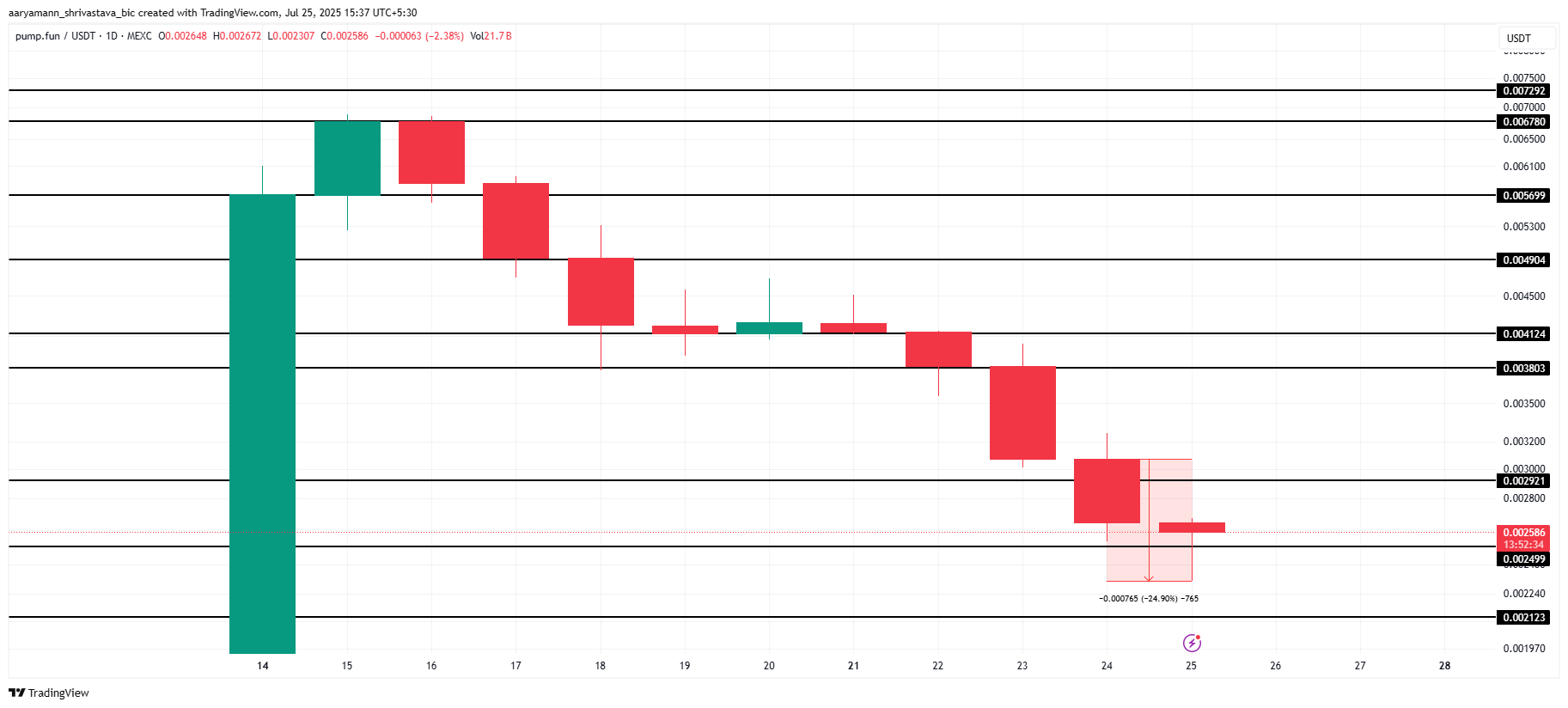



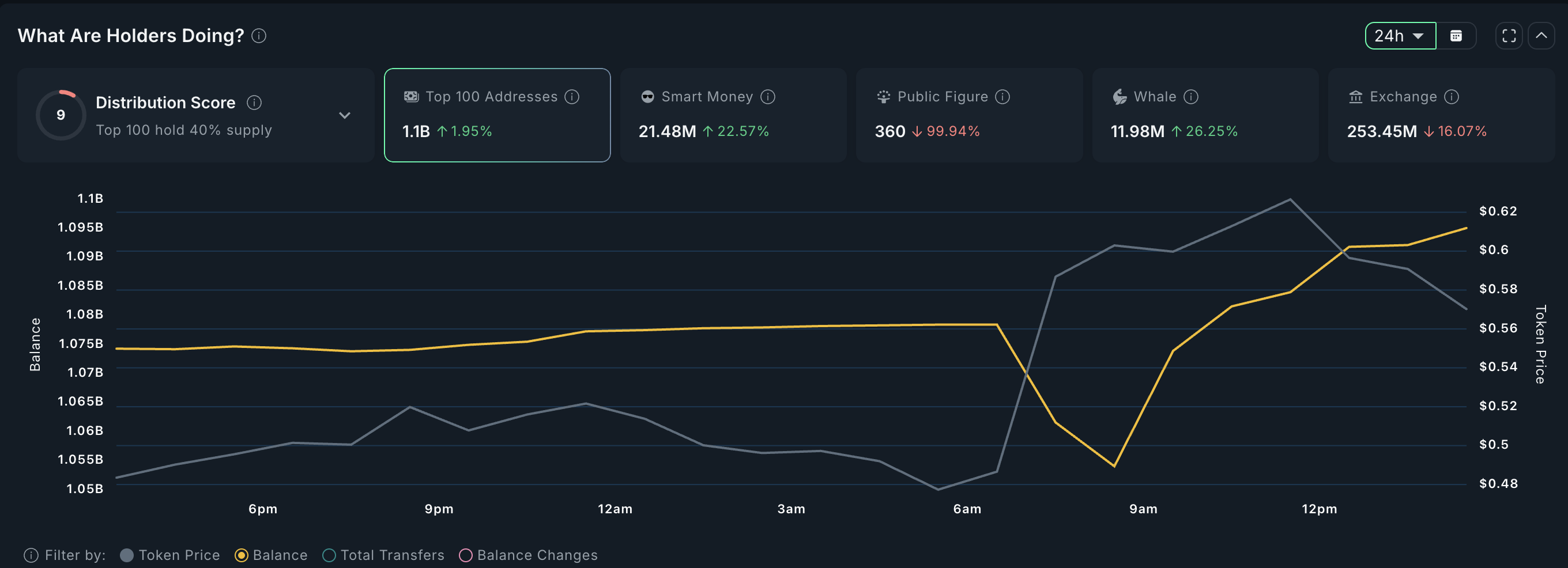
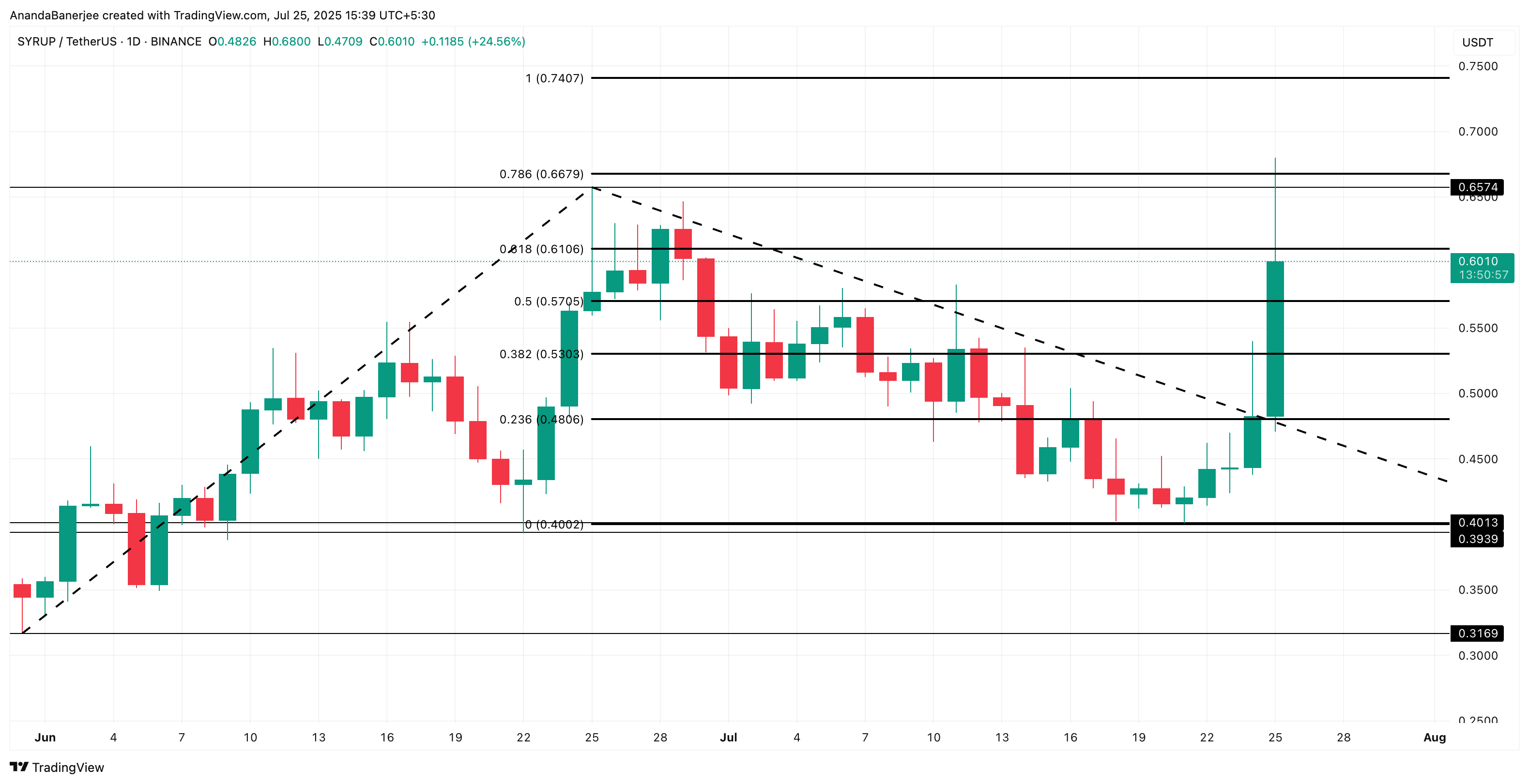
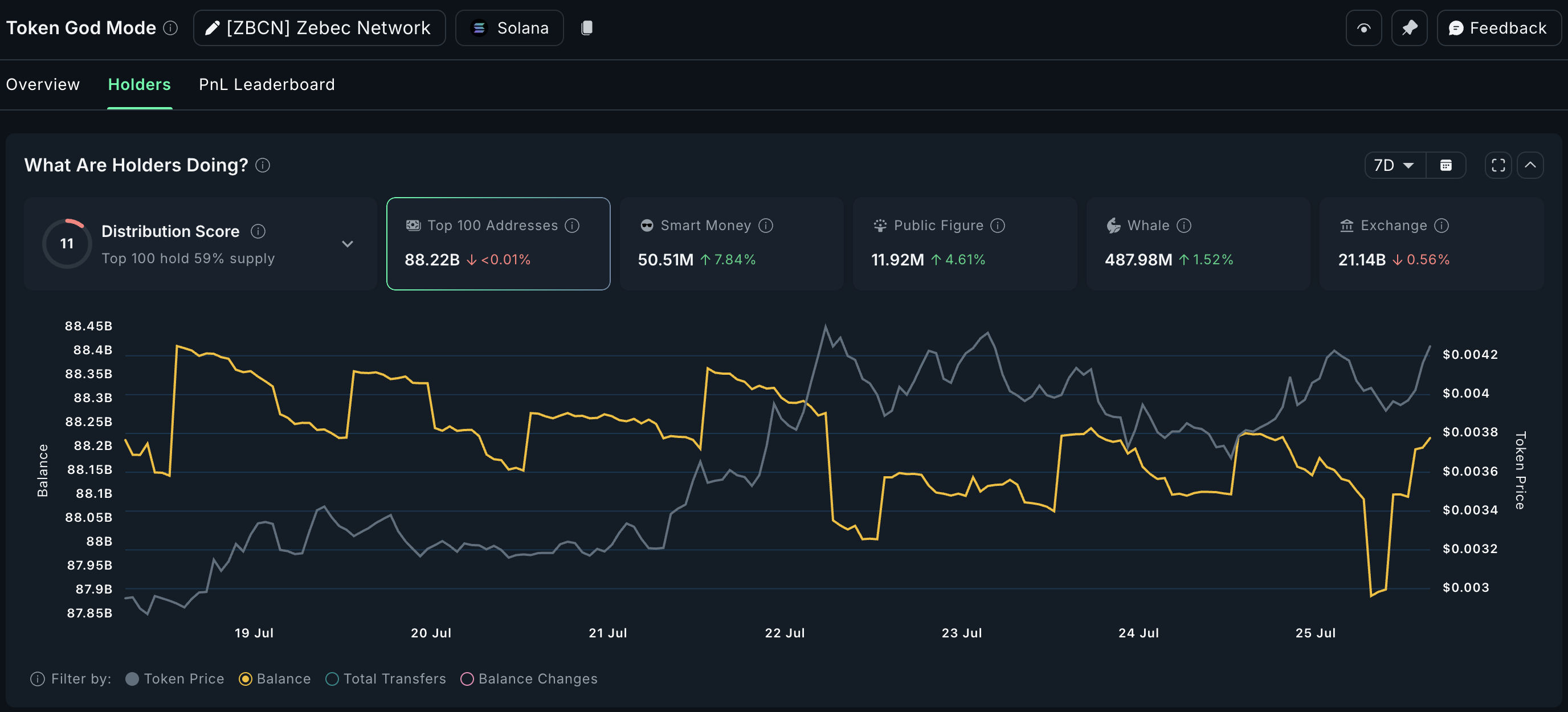
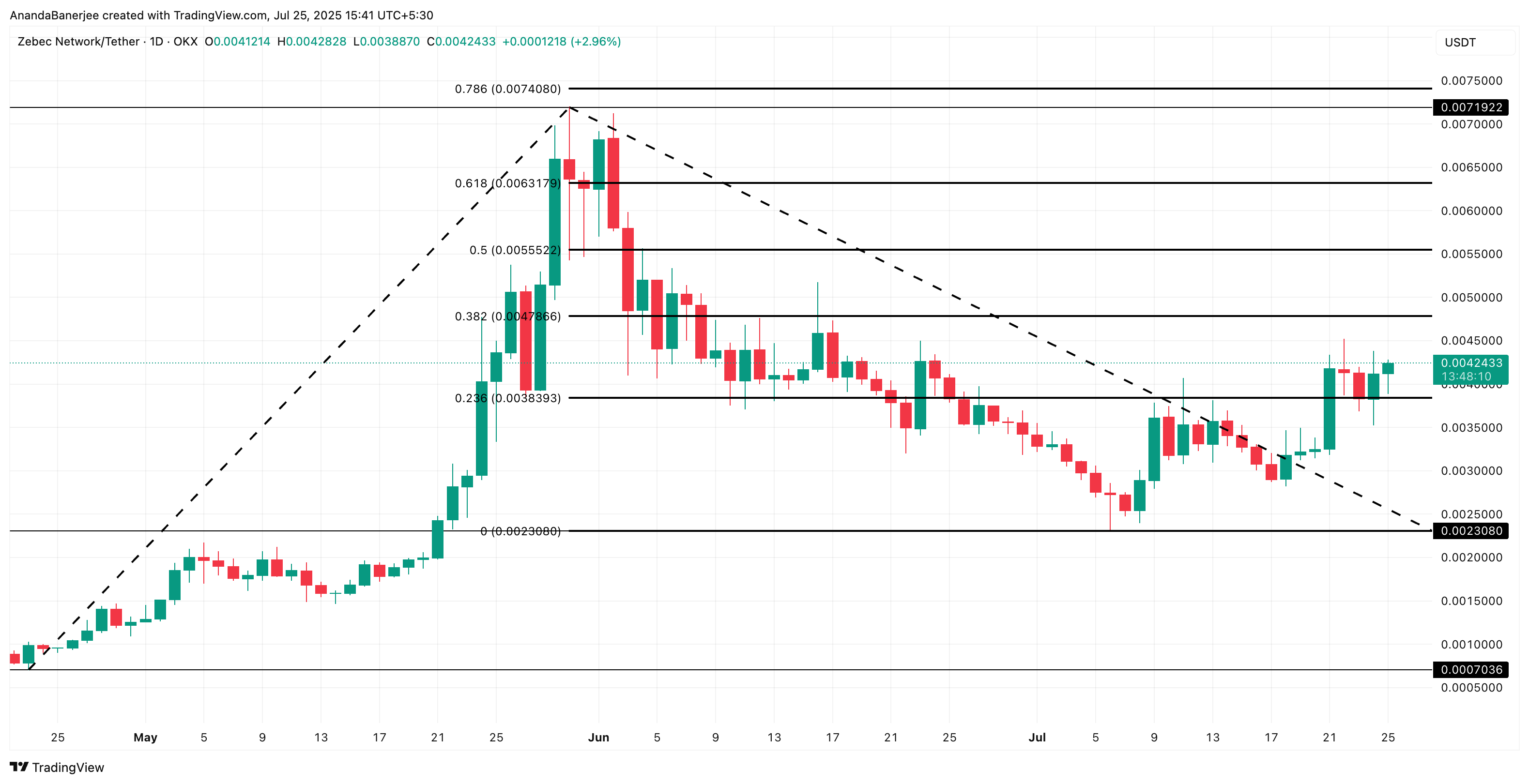
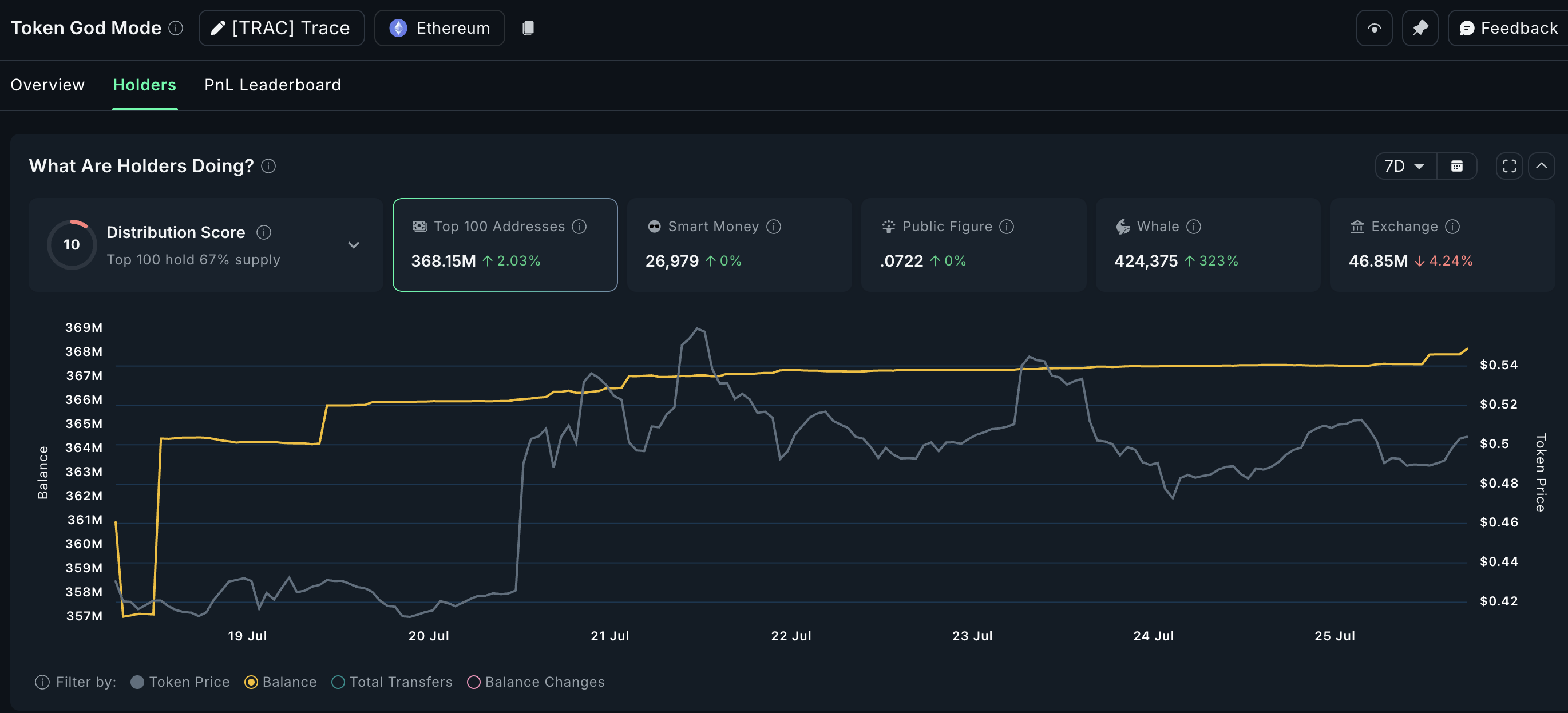
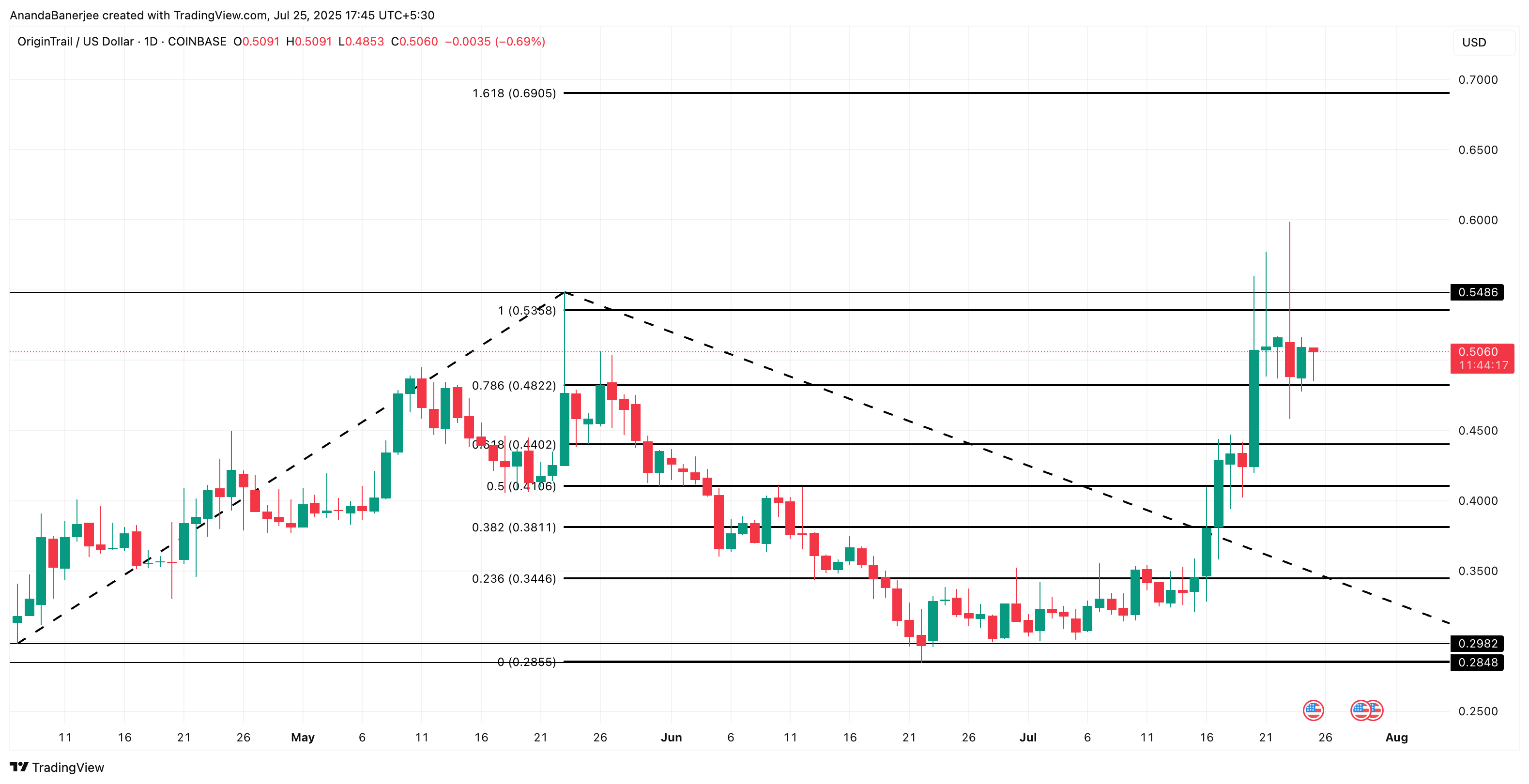

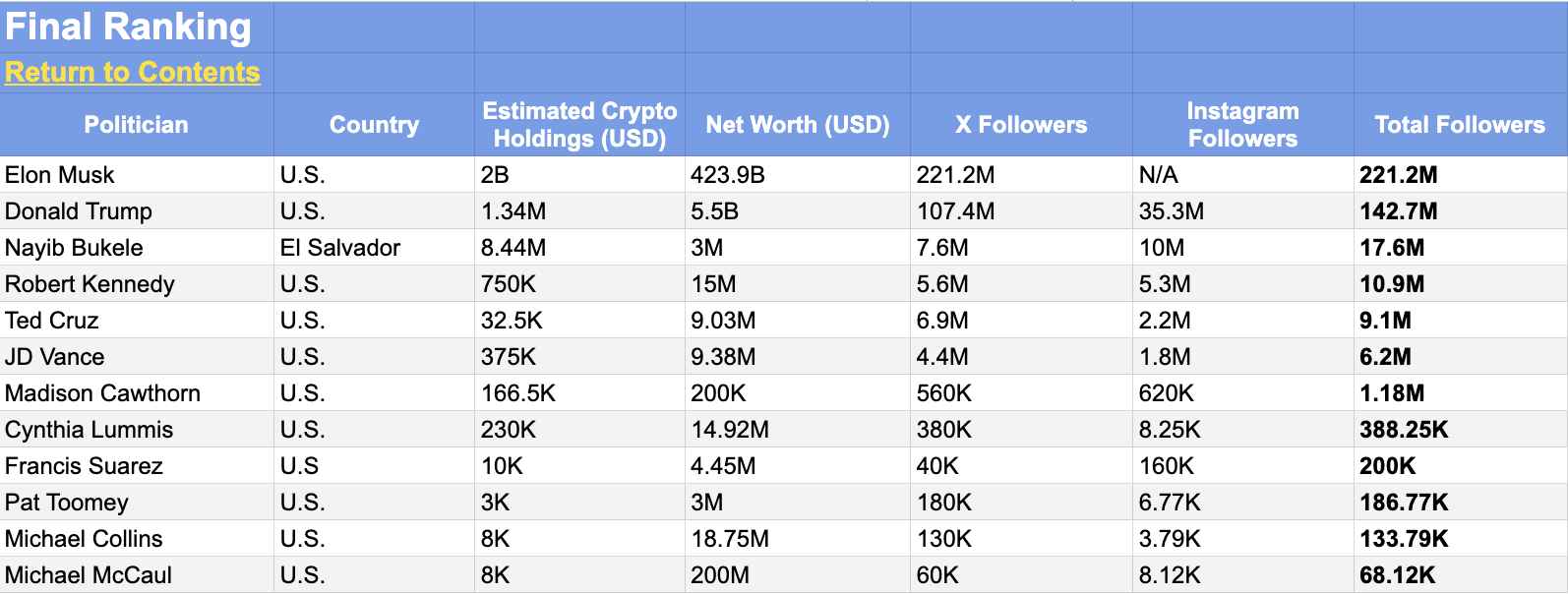
 A recent disclosure filed with the
A recent disclosure filed with the  Why is this a problem? Read more in the link below!
Why is this a problem? Read more in the link below!



